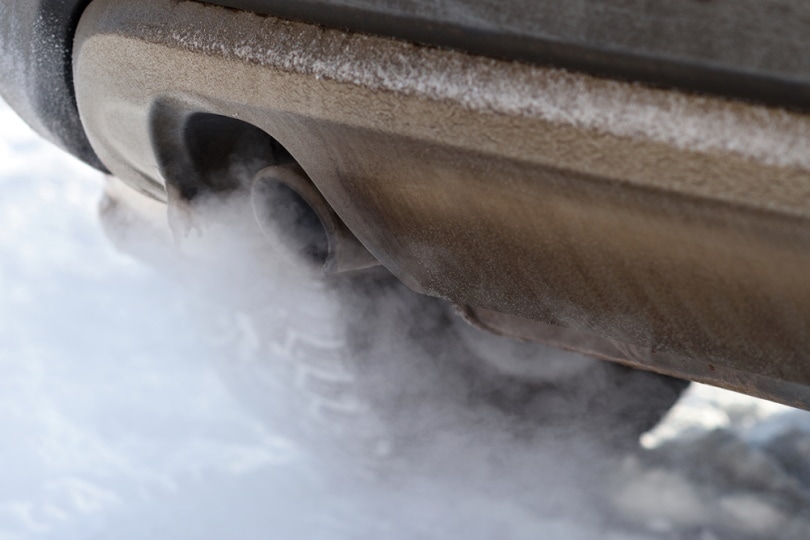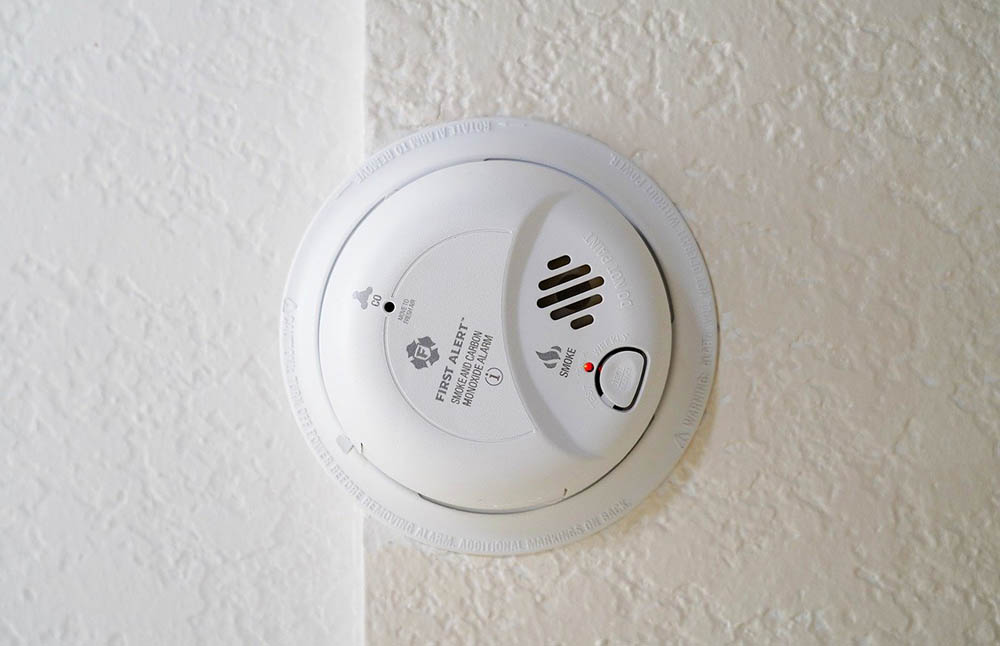Is Carbon Monoxide Heavier than Air? Facts & FAQ
-
Pete Ortiz
- Last updated:

Molecules all have different atomic weights. The quiet but fatal gas has a molecular weight of 28.01 g/mol (molar mass). The air that we breathe is primarily a mixture of nitrogen and oxygen. Some of the other gases in the atmosphere are hydrogen, neon, and carbon dioxide. Most air has a molecular weight of about 28.97 g/mol when considering the combination of all the gases in the air. This makes it slightly heavier than carbon monoxide. So, carbon monoxide is slightly lighter than air, not heavier.
Does Carbon Monoxide Rise to the Ceiling?
Since it has a lighter molecular weight, hypothetically, it would rise to the ceiling. However, this would only occur in a room without air circulation. If you have a fan on, a breeze blowing into the house, or your regular HVAC system running, the weight of carbon dioxide versus air will play little to no role in where the deadly gas settles.
What Are Two Warning Signs of Carbon Monoxide Poisoning?
Since carbon monoxide is an odorless yet colorless gas, unless you have properly functioning alarms, you will not know about its unwelcome presence in your home until you or someone you love starts showing symptoms. Two of the most common signs of poisoning are headache and dizziness.

What Is the Treatment for Carbon Monoxide Poisoning?
Whether you have a severe case of poisoning or a mild one, the treatment is oxygen. To displace the carbon monoxide that has entered your system, you need oxygen to flush it out of the red blood cells. The method by which oxygen is administered will depend on the severity of the case. For mild cases, getting to an area with fresh air and staying there for a while may be sufficient. More developed cases require the use of an oxygen mask. Extreme and dangerous cases may require the patient to be placed in a hyperbaric chamber, but that is extremely rare.
What Are the Most Common Causes of Carbon Monoxide Poisoning?
The presence of carbon monoxide is most often caused by the combustion of fumes from gasoline, wood, charcoal, or other types of fuels. Smoke and carbon monoxide enter the home through the fireplace, most often in the case of a clogged chimney. Damaged or improperly working home appliances such as stoves and furnaces can also emit carbon monoxide. It becomes hazardous in areas with poor ventilation where the gas can accumulate quickly.

What Do You Do When There Is Carbon Monoxide in Your Home?
If you have dangerous levels of carbon monoxide in your home and are symptomatic of carbon monoxide poisoning, you should move to fresh air immediately. Then dial 9-1-1 to seek medical attention. However, there may be cases where an alarm in the home detects carbon monoxide. In that case, find another place to stay in the meantime and call your utility company to address the situation. It may boil down to certain appliances needing replacement.
Final Thoughts
Even though carbon monoxide is slightly lighter than air, there is no way to avoid the harmful effects if you have it in your home. Your symptoms may worsen slowly over time until you find yourself very sick. Do not let it get to that point. If you think you might have an issue in your home, call a qualified technician and your utility company to get it addressed.
Featured Image Credit: ketrinbell, Shutterstock
Contents


